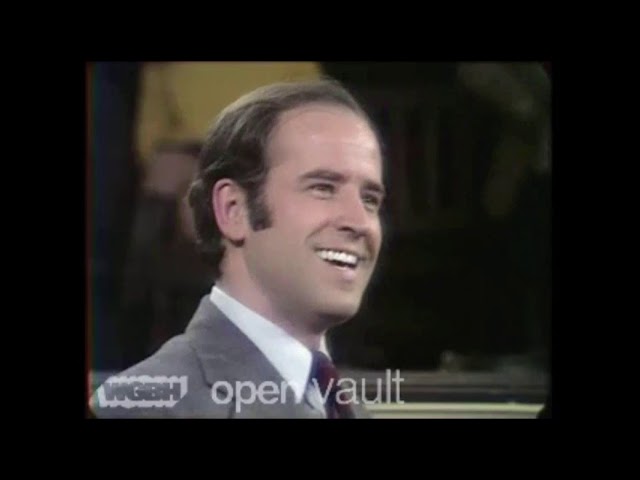In 1954, psychologists uncovered a method to turn even the worst of rivals into friends.
In 1954, psychologists assembled 22 fifth-grade boys, split them into two camps, and observed how rivalry turned to friendship.
This was the famous Robbers Cave Experiment. The boys were quartered in Robbers Cave State Park, Oklahoma, with an interesting twist—neither group knew of the other’s existence. In the first week, the groups bonded in isolation through activities like swimming, hiking, and playing. Eventually, the groups named themselves the “Eagles” and the other the “Rattlers,” proudly displaying their new names on their shirts and flags.
With the groups established, the second phase of the experiment began: The Eagles and the Rattlers were made aware of each other’s existence. The outcome? They met and immediately began competing. They engaged in games like tug-of-war, touch football, and scavenger hunts, and as they competed, their hostility escalated.
The conflict began with name-calling and quickly intensified. The boys were setting each other’s flags on fire and throwing rocks, preparing for an all-out brawl. The experimenters had to intervene and separate the boys. After all, it was a psychological experiment, not a war simulation.
Next came the challenge of reconciliation. This marked the beginning of Phase 3. Initially, the boys were encouraged to interact through films and play, but this “mere contact” approach proved inadequate, often leading to further conflicts.
This called for a new approach. The experimenters introduced cooperative tasks that required both groups to collaborate toward shared goals. One task involved unlocking a faucet to resolve a water shortage problem. Another required pooling funds together for a movie both groups wanted to see. By the evening, the Eagles and Rattlers were friends—they shook hands, dined together, and even shared a few malts while watching the film.
“People that band together for a superordinate goal can transcend obstacles or differences that seem less important in the face of a challenge,” Robert Backer, a research scientist with a doctorate in psychology and neuroscience, told The Epoch Times.
As seen in the Robber Cave Experiment, these shared goals effectively reduced hostility and drastically improved group relations. The results transformed the understanding of group dynamics and, in a surprising way, provide insight into the value of Independence Day.
The Ties That Bind Americans
Despite many Americans describing the country as “divided” and “polarized,” recent polls show enduring feelings of pride and optimism. In 2023, 87 percent of Americans celebrated Independence Day, with a significant majority expressing strong patriotic sentiments. Additionally, an international survey found that the United States is among the most patriotic countries in the world.






